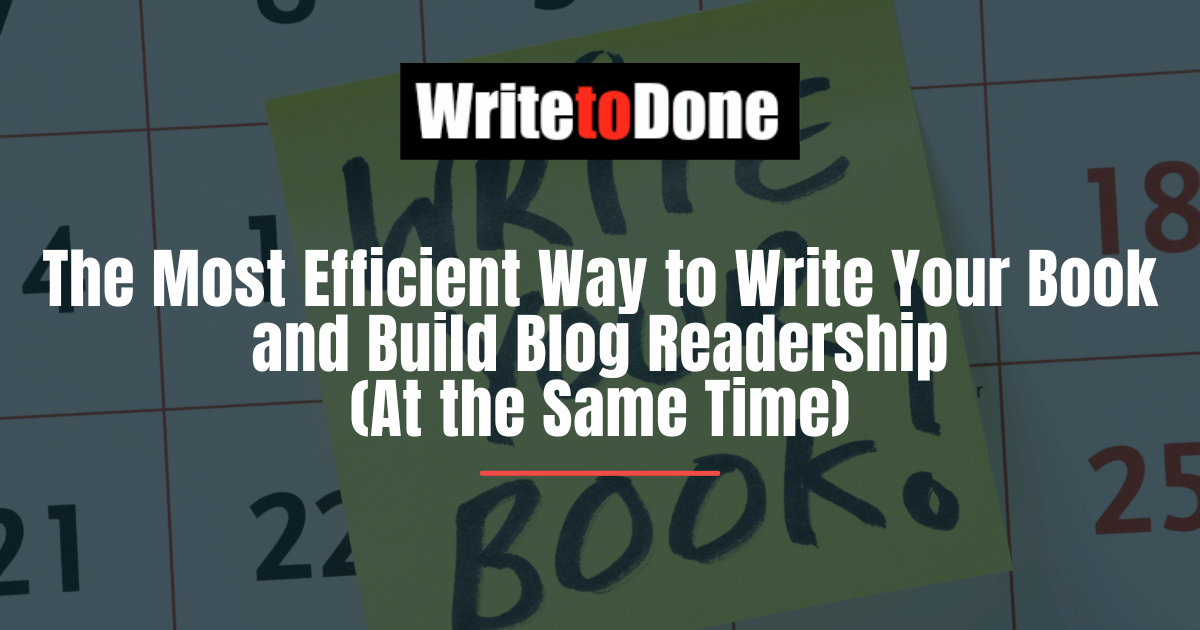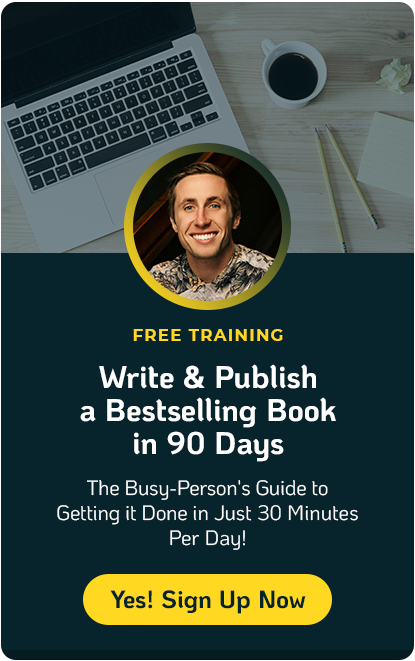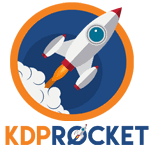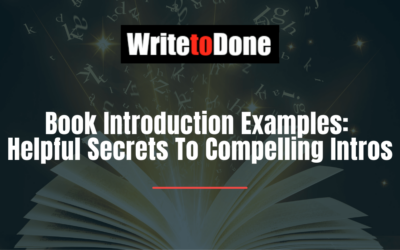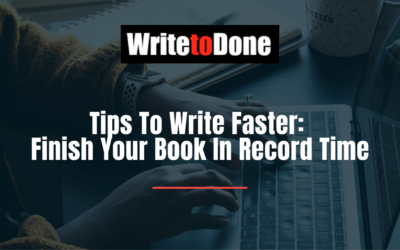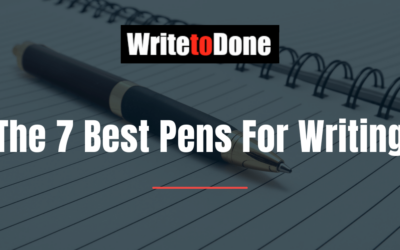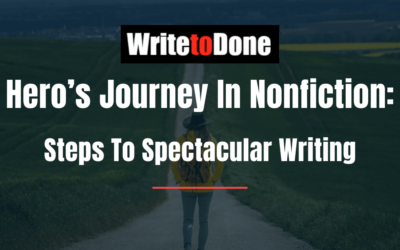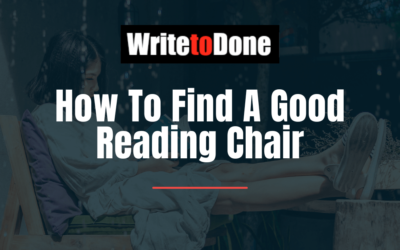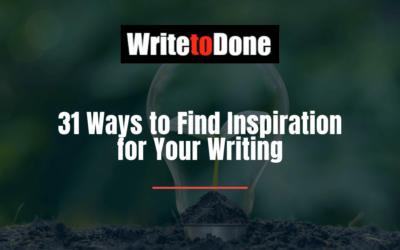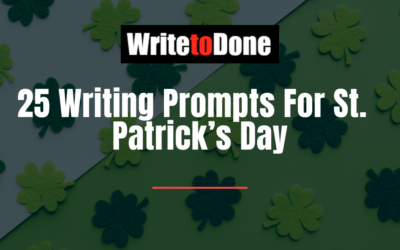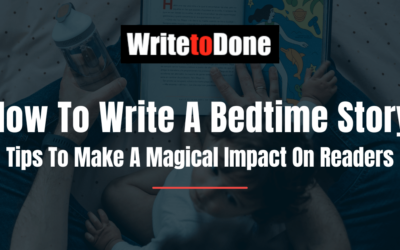Many aspiring writers complain, “I know I need to blog, but I don’t have time. I’m too busy writing my book.”
Or, if they whine, “I’m so busy blogging in my attempt to build an author’s platform that I can’t find the time to finish my book.”
What’s an aspiring author like you to do? Simple. Blog your book.
This is the advice Jennifer Mattern gives in her post Why (and How) to Launch Your Author Blog Before Your Book.
That’s exactly what I did when I blogged my book. In fact, I blogged a book about how to blog a book, and I landed a book deal for it with Writer’s Digest Books. You can blog your way to a book deal, too. Or at least to a finished manuscript and an author’s platform.
Here’s the thing. Many bloggers have created successful blogs, gotten noticed by agents and publishers and ended up with blog-to-book deals—or “blooks.” In other words, they repurposed a huge amount of their blog content into a book. Bloggers like:
- Pamela Slim, whose blog was turned into Escape from Cubicle Nation: From Corporate Prisoner to Thriving Entrepreneur and released in 2009 by Penguin/Portfolio; it contains about 70 percent new content and 30 percent blog posts.
- Brett McKay, whose blog was turned into The Art of Manliness: Classic Skills and Manners for the Modern Man and published in October 2009 by HOW Books; 75 percent of the book consists of articles taken from the blog and edited, and 25 percent of the book’s content is new material.
- Christian Lander, whose blog was turned into Stuff White People Like, The Definitive Guide to the Unique Taste of Millions, and released by Random House Trade Paperbacks in 2008; it consists of 50 percent new material including charts, graphs, and other work from graphic designers.
Of course, there’s also Julie Powell whose huge hit book and movie Julie & Julia was based on her blog, the Julie/Julia Project.
More recently, we’ve seen Martha Alderson get a book deal for her blog, The Plot Whisperer, Jill Smokler land one for Scary Mommy, Dmitry Samarov scoop one up for Hack, Grace Bonny score one for Design Sponge, Jill Abramson end up with one for The Puppy Diaries, and Kevin Cotter win one for My Ex-Wife’s Wedding Dress. And there are more…
Bloggers build author’s platforms
Why did they get deals? Simple. These bloggers created a platform, a readership, a fan base. The large number of loyal blog readers attracted agents and publishers to their blog like a magnet.
When these publishing professionals arrived at these blogs, they saw them as successfully test marketed books. And that’s what they were looking for: potential books to publish that were as close to a sure bet—bestsellers—as they could find, ideas that could be turned into books with a built in readership or a big market.
Plus, these bloggers had proven they could write and that they could promote. In fact, their content published in Cyberspace had already done the early promotion for the book. These bloggers had created an author’s platform for themselves by blogging.
Bloggers land publishing deals but don’t blog books
These bloggers did not, however, set out to write books. They just blogged. They did produce a heck of a lot of content, but with contracts in hand they then had to go back and search through all those posts and figure out how to craft them into a book. Imagine, for example, Gina Trapani going back through 5,000 blog posts she wrote on her blog, LifeHacker when she received her book deal from Wiley to find the posts she would include in her manuscript. That’s one heck of a big job.
If you want to have your book read like a book and not like a blog, you not only need to compile your old posts into a manuscript (“book your blog”) you need to do a fair amount of editing and revising—and possibly writing—to make it read well. That’s why it’s much easier to actually blog a book rather than to book a blog.
Writers blog books using 9 steps
If you want to use your blog to write, or blog, your book and build an author’s platform, or readership at the same time, here are nine steps to help you do that easily, efficiently and quickly.
1. Choose your topic carefully: Choose a topic that attracts readers, that interests you and that interests a lot of people. If possible, choose a topic you feel passionate about since you’ll be writing about this subject for a while—even after you finish blogging your book. Pick a topic that motivates you to post and post often. Fiction writers should consider their market and readers when they develop their plot as well.
2. Create a business plan for your book. Take the time to look at the big picture for your blogged book and see it through the eyes of an acquisitions editor. This means going through what I call the book “proposal process”; this is how you create a business plan for both book and author. You don’t have to write a proposal, but you do need to compile the information necessary for a proposal. Study the markets, come up with a promotion plan, do a comparative study of both existing books and blogs, determine how you stack up against similar authors, what you need to do to build platform, etc.
3. Hone your topic for success: Based on the information gleaned in Step #2, position and angle your blogged book. Based on the blog and book competition, evaluate if and how you need to angle your blogged book. Make sure it is unique in the marketplace—the book store and the blogosphere.
4. Map out your book’s content. Do a huge “brain dump” of all the subjects you might cover in the book. You might consider using a mind map for this project. Take the topics you “dumped” and group related subjects into chapters. In other words, pick 5-10 main themes from the different subject areas; these become chapters. Group the other subjects by relevance into these chapters; these become content for the chapters.
If you are writing fiction or a memoir, you will want to map out your story arc or do a timeline of events you plan to include in your book. Then create a content plan delineated by chapters.
Your content plan should include material that will not appear on your blog. Having a few chapters, parts of all your chapters or some sort of extra content that will only be available in the printed version or ebook version of your blogged book offers an enticement to your blog readers and to a publisher to purchase it.
5. Break your content into post-sized pieces. Blog posts are short—between 250 and 500 words. The topics from #4 that you grouped into chapters constitute blog posts. Organizing and break down your chapters further by developing actual subheadings for each topic you will cover in each chapter. A 5,000 word chapter, for example, will have 10-15 subheadings.
If you are writing fiction or a memoir, you will want to break your story arc and time line down into vignettes or scenes you can easily write about in post-sized bits.
6. Blog your book often and regularly. To build the kind of loyal fan base successful bloggers garner, you now need to blog your book on a consistent and frequent schedule. Sit down a minimum of twice a week—three to seven times a week is better—and write a short bit of your book (a post) in a word processing program so you create a manuscript. Then copy and past this post into your blogging program, and hit “publish.” This shouldn’t take you long—30-45 minutes, maybe an hour. If you write more than 500 words, break your piece into two posts.
7. Publicize your posts. Share your work on your social networks. This is where having a promotion plan helps.
8. Prepare a query and book proposal. Be ready for success. Hopefully you’ll be discovered by an agent or publisher. If not, you’ll need to go out and find one yourself. In either case, you’ll need a query letter and a book proposal. You also have the option of self-publishing your book. For this you don’t need a formal book proposal, but you will want to have a good business plan as you begin your new role as an indie publisher. In all three scenarios you can use the information you compiled in step #2.
9. Edit and revise. Even though you’ve blogged a book, you will still need to edit and revise your book. What you produced is just a first draft. Get professional editorial help after you revise the manuscript.
Blogging a book offers aspiring writers—you—the fastest and easiest way to write a book and promote it at the same time. You can get that manuscript finished and build the author’s platform you need to create a successful book—one that sells to readers and to publishers.
So, no more complaining.
A guest post by Nina Amir who motivates both writers and non-writers to create publishable products, careers as authors and to achieve their goals. She blogged her book, How to Blog a Book, Write, Publish and Promote Your Work One Post at a Time (Writer’s Digest Books), in five months on her blog by the same name.

